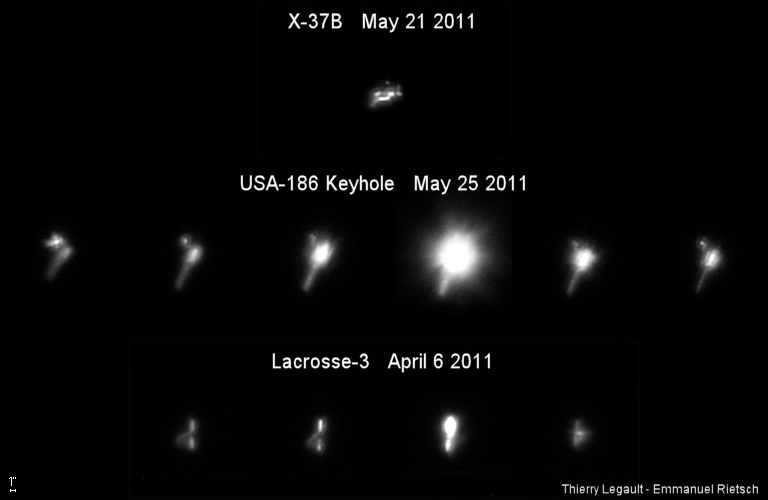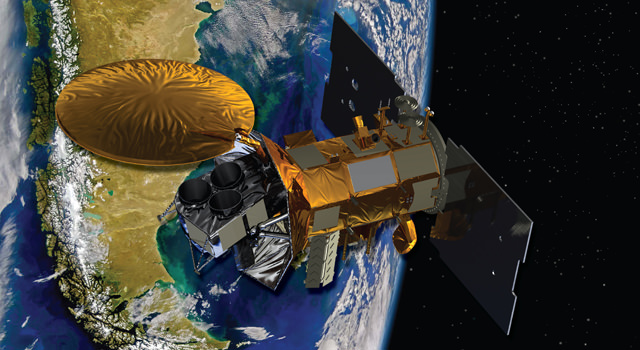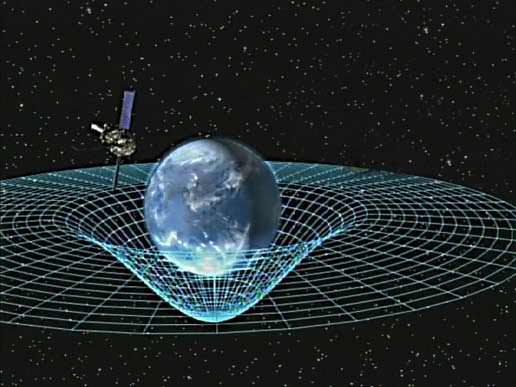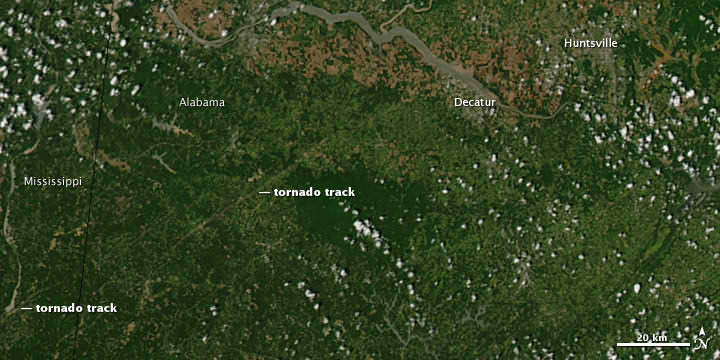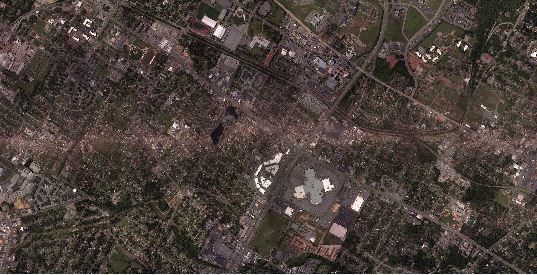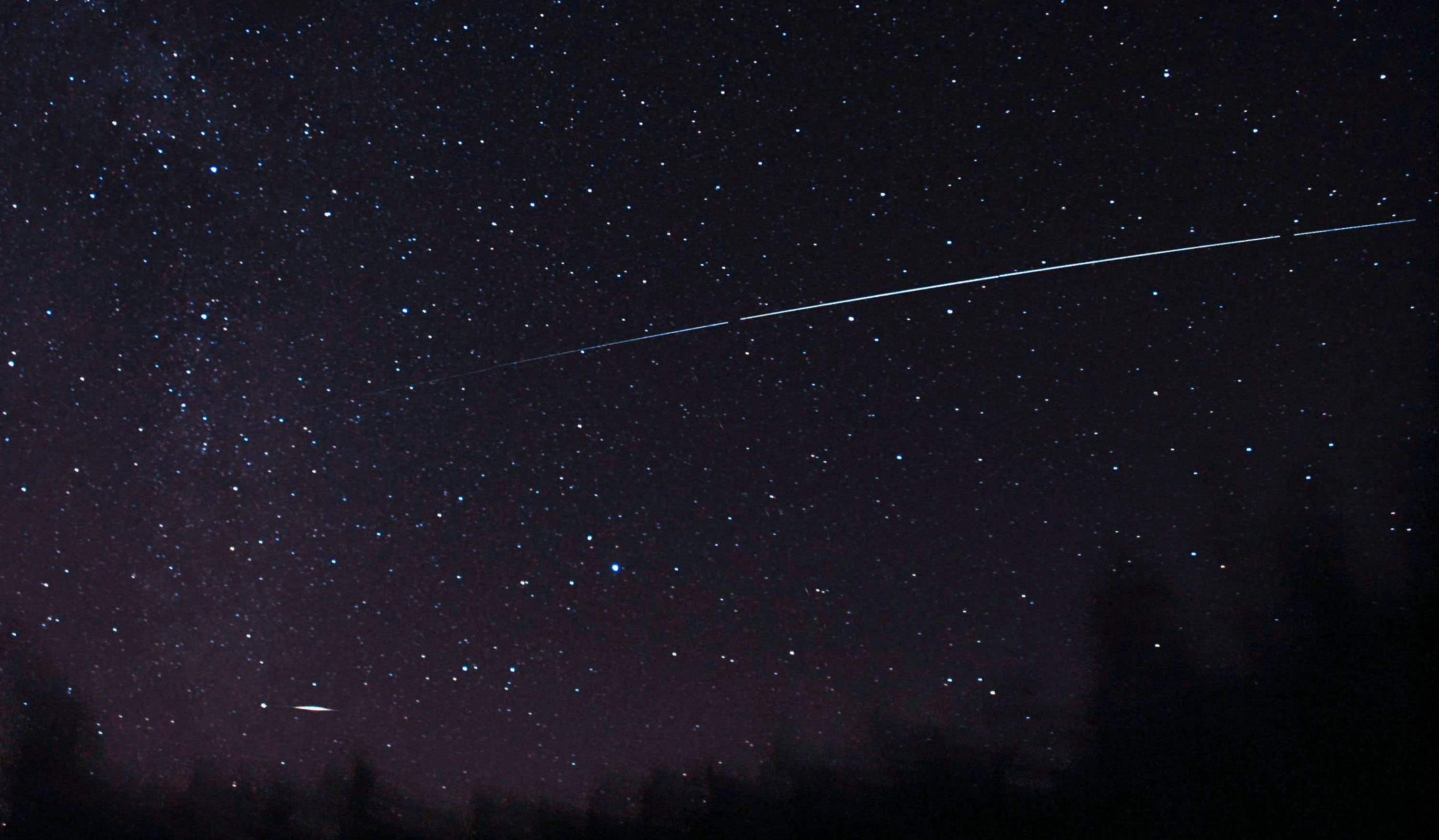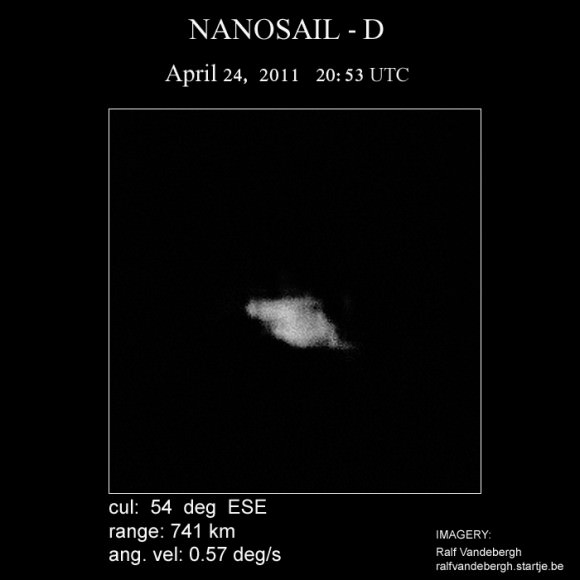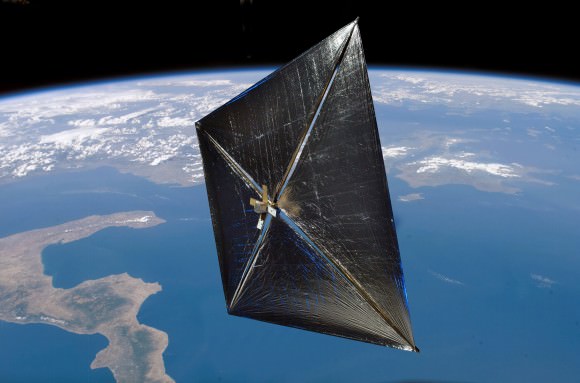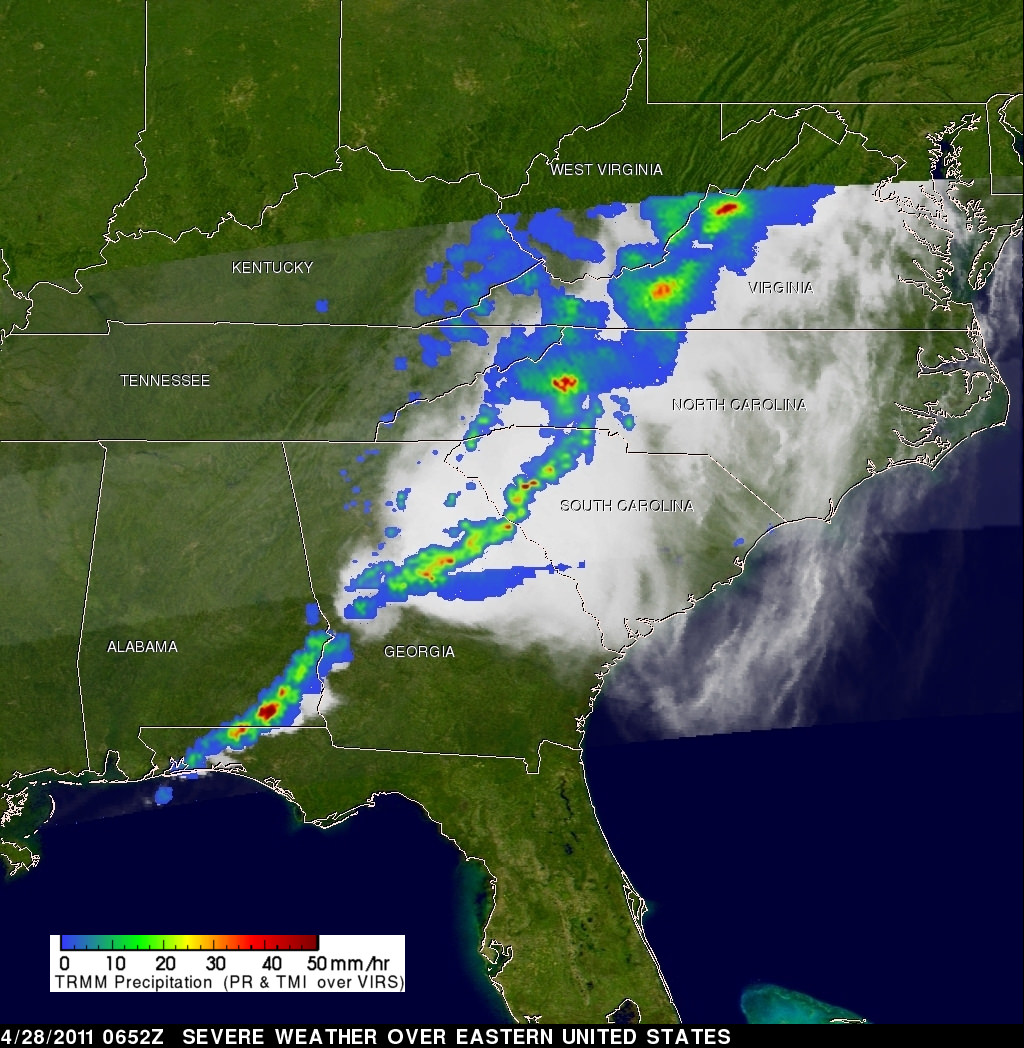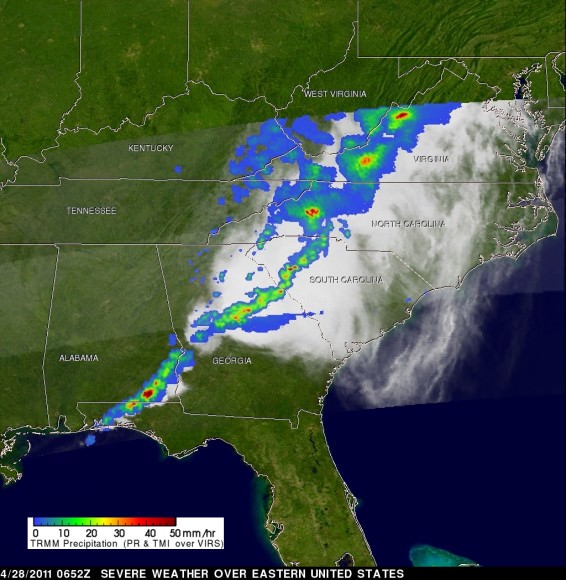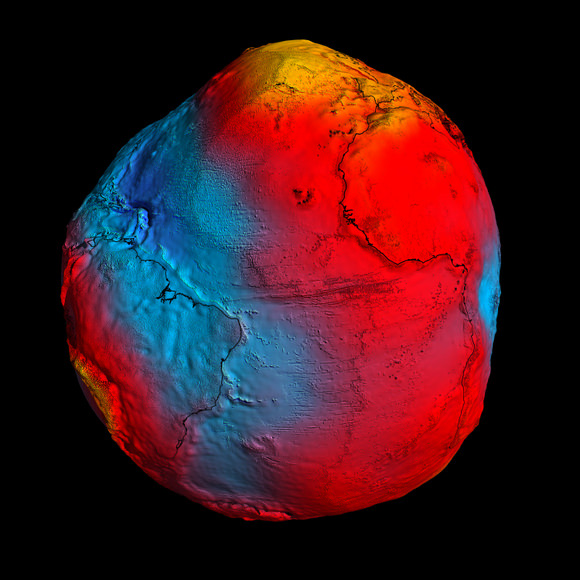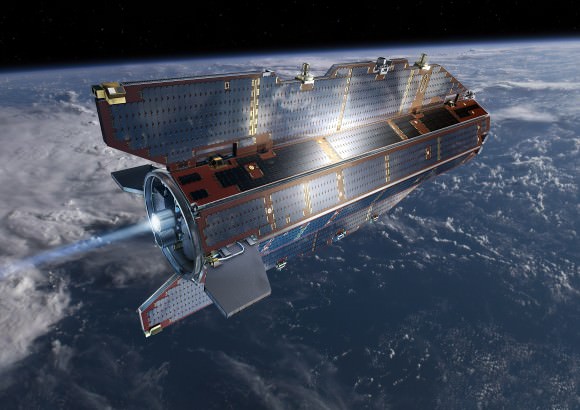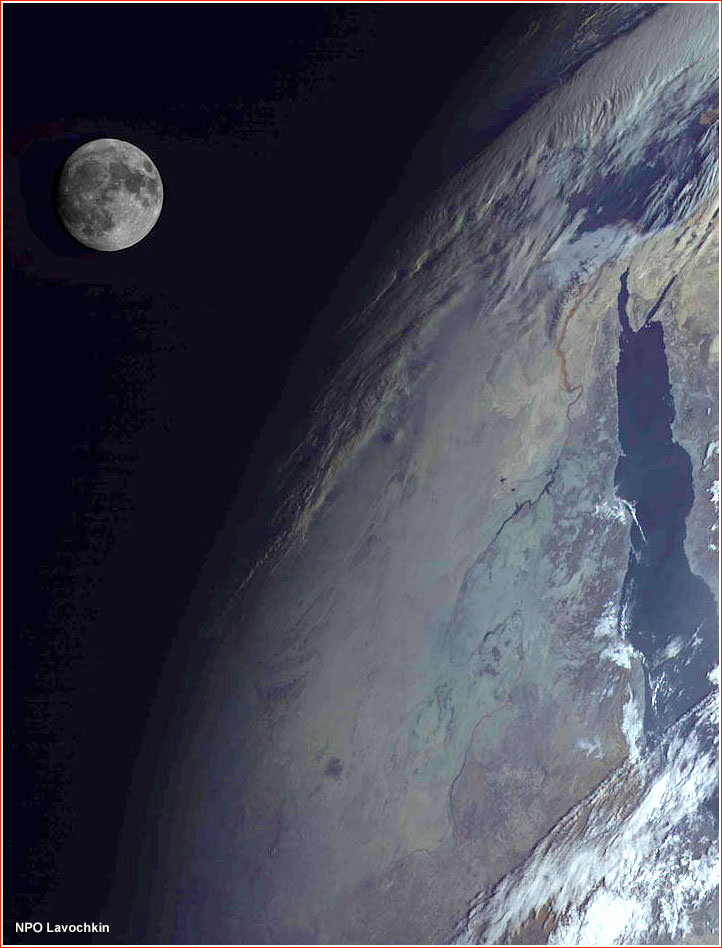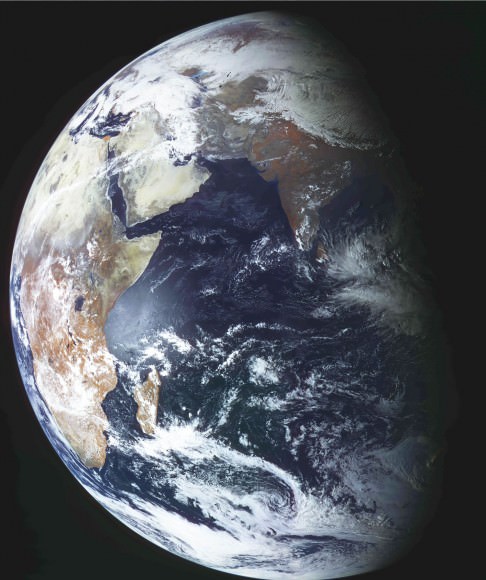[/caption]
Shhhh! Don’t tell anyone, but we’ve got pictures….. ground-based pictures of secret spy satellites in Earth orbit. We’re not revealing our sources, but … oh wait, I guess we might as well tell you. Even if we didn’t reveal our source, you’d probably guess that astrophotographer extraordinaire Thierry Legault — who has been sharing his wonderfully detailed ground-based images of the space shuttle and International Space Station with Universe Today – has been working on capturing other satellites in orbit as well. Legault and his partner in imaging crime, Emmanuel Rietsch have tackled the difficult task of tracking down spy satellites and then tracking them with a telescope. For imaging the shuttle and ISS, they developed their own design of a motorized mount outfitted with a computer program so it can slowly and precisely rotate in order to track and follow an object in Earth orbit with a telescope and video camera. Now they are able to image even smaller objects.
Above are images they were able to capture of three different spy satellites, including the X-37B spaceplane. More images and videos are available at Legault’s website.
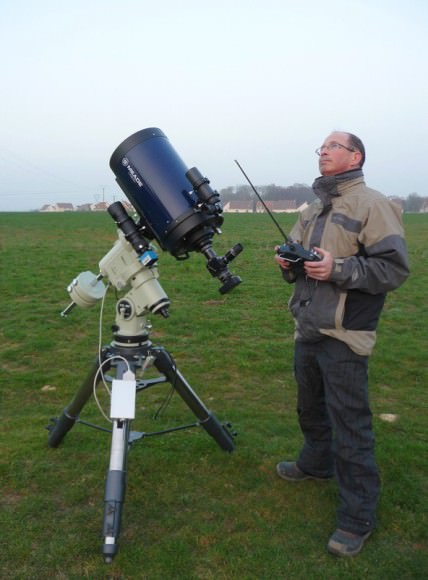
Since October 2010, Legault has been using the autoguided mount, with the help of a DMK 31AF03 Firewire video camera mounted on the finder (FL 200 mm) and of the software Videos Sky, created by Rietsch, and then modified by Reitsch and Legault for fast tracking with the Takahashi EM400 mount.
The X-37B spaceplane now in orbit is the second of the two Orbital Test Vehicles launched by the US Air Force, launched on March 5, 2011. Reportedly, it will conduct experiments and tests for close to nine months and then autonomously de-orbit and land. Legault and Rietsch were able to image the spaceplane in late May of this year with fairly good results.
“I tried to get help to identify the real orientation of X-37B,” Legault told Universe Today via Skype today, “but on the contrary of the Keyhole and Lacrosse satellites, it’s not easy considering its complex shape with several wings.”
And the Air Force isn’t telling.
“Keyhole-class” (KH) reconnaissance satellites have been used for more than 30 years and are typically used to take overhead photos for military missions. Some of the keyhole satellites resemble the Hubble Space Telescope, but instead of looking out into space, it looks back at Earth. A similar type of spy satellites are the Lacrosse satellites, which are radar-imaging satellites.
But even with the tracking system, getting images of small satellites is not easy. “Despite this performing tracking system and hours of training on airplanes passing in the sky, keeping the space ship inside a sensor of a few millimeters at a focal length of 5000 mm and a speed over 1°/s needs a lot of concentration and training,” said Legault on his website.
The autoguiding and acquisition are done via a laptop with a double hard drive (one of which is a Solid State Drive – made with flash memory), enabling the precision of tracking of about one arc minute.
For security reasons, the sighting times for spy satellites are not published on an official website like NASA does for the shuttle and ISS. But with a bit of digging, Legault said others can try their luck at trying to spot these secret satellites.
“Orbital data are in the Calsky database,” Legault told UT, “therefore their passages are forecast as for the ISS. Generally, orbits are determined by amateurs, some of them are specialized in this activity, especially Kevin Fetter (and data are exchanged on the Seesat mailing list, owned by Ted Molczan).”
Legault is well-known for his images of the shuttle and ISS transiting the sun, but he said the accuracy of orbital data for the spy satellites is not sufficient for capturing a solar transit – and besides, these satellites are much smaller than the ISS and would appear as a small dark dot, at best.
“But for nighttime passages the data is sufficient,” Legault said. “Generally they are not visible with the naked eye or barely (except during flares), but they are easily visible with a finder.”
You can follow Universe Today senior editor Nancy Atkinson on Twitter: @Nancy_A. Follow Universe Today for the latest space and astronomy news on Twitter @universetoday and on Facebook.

